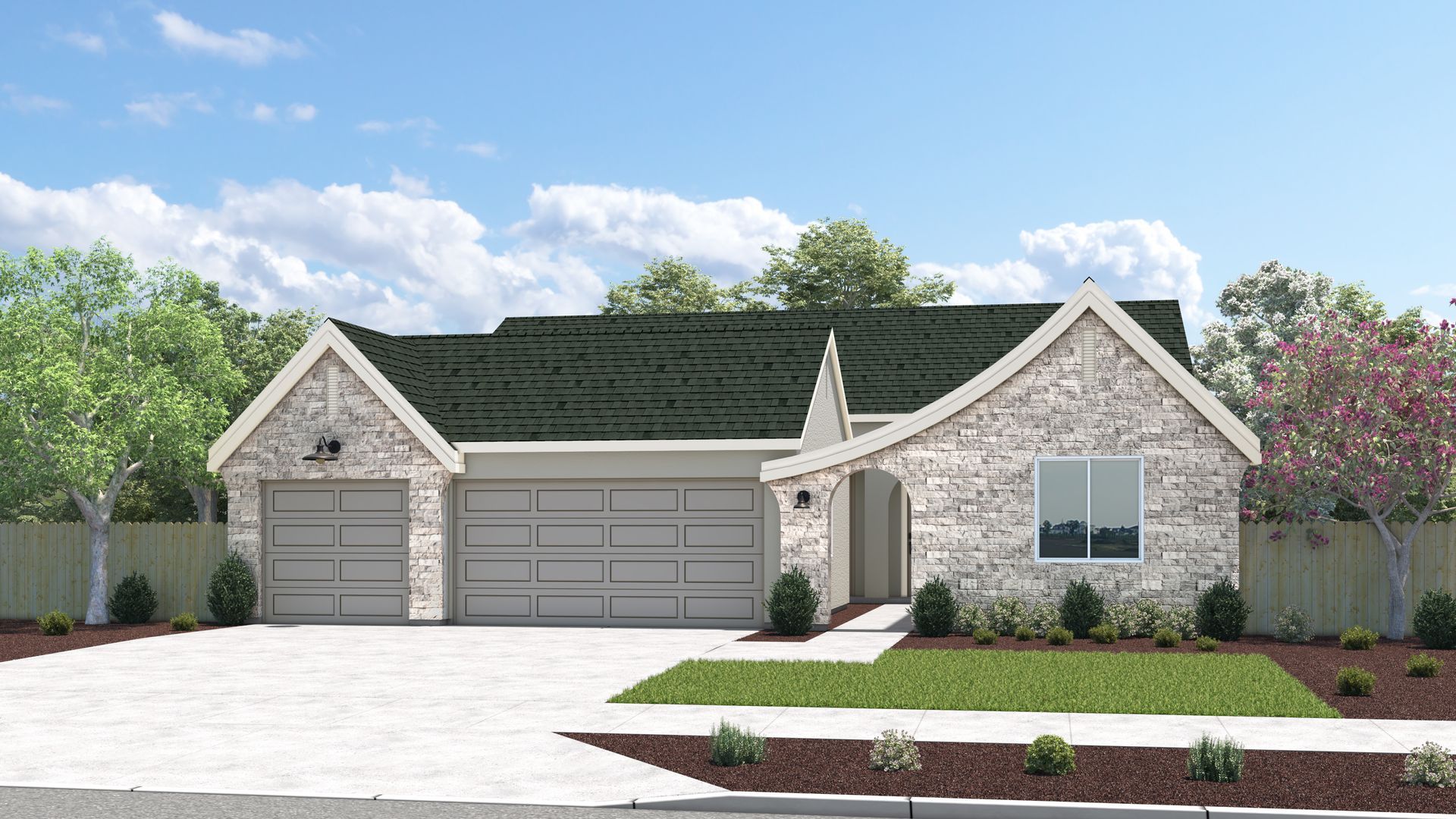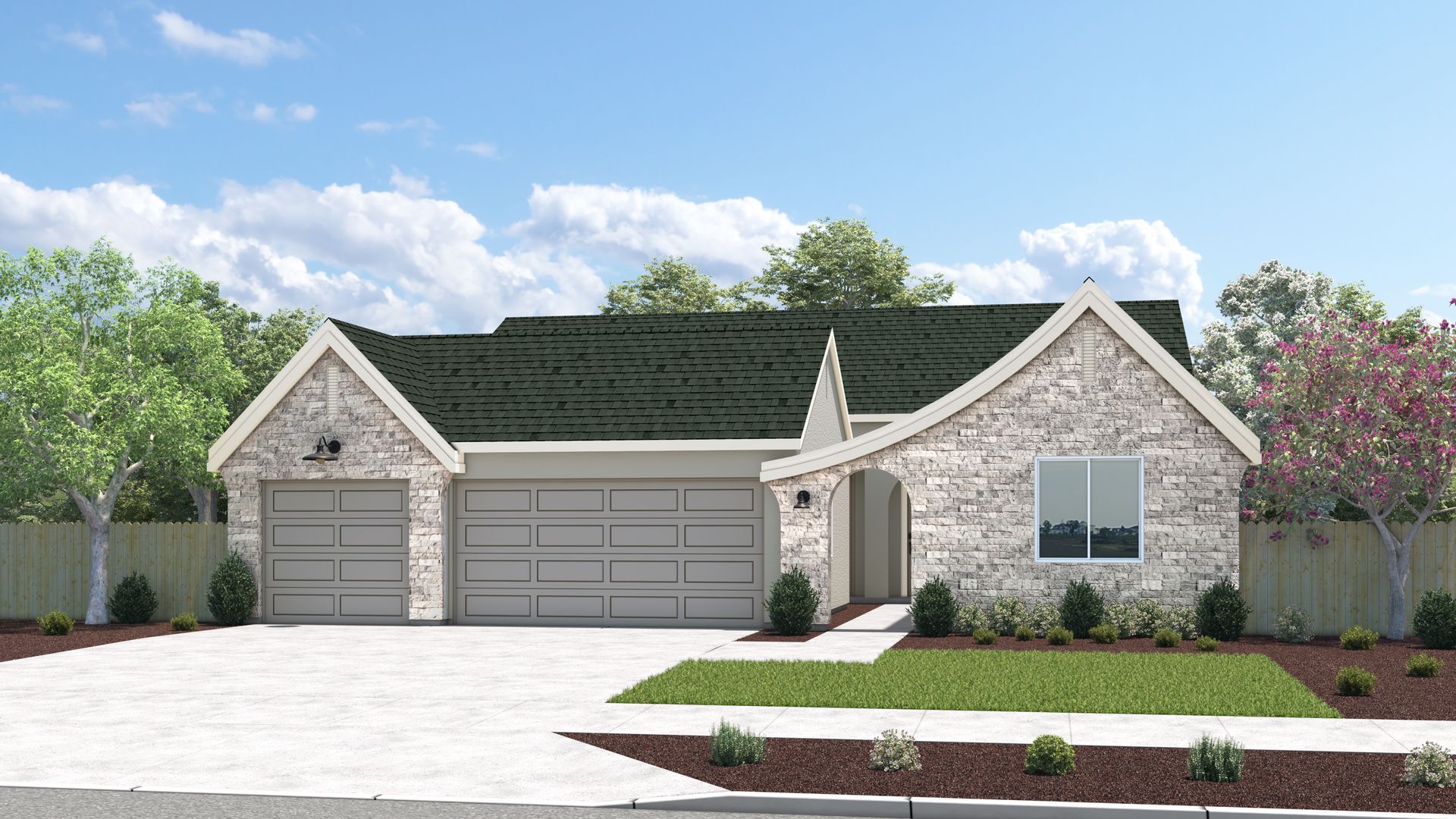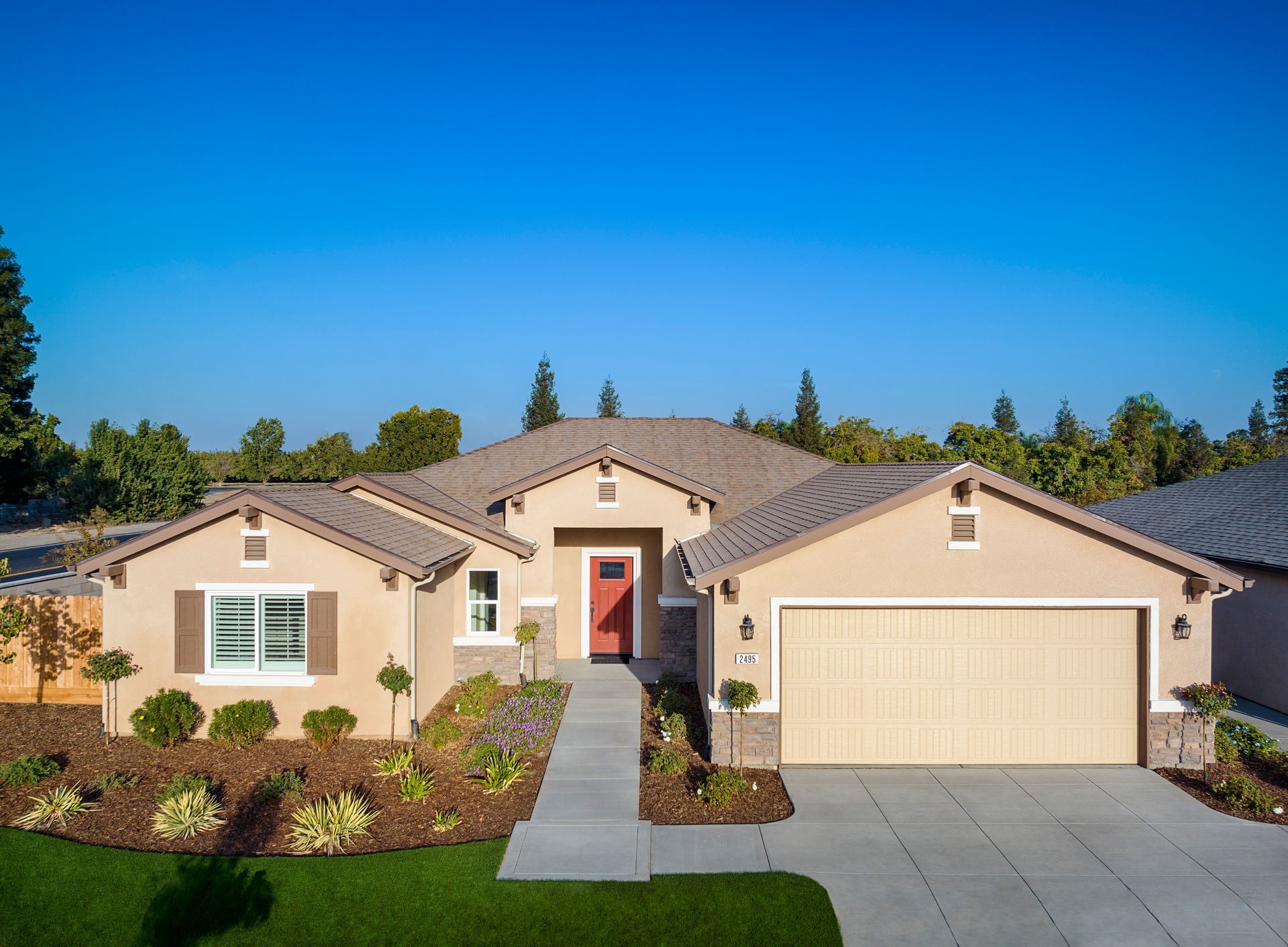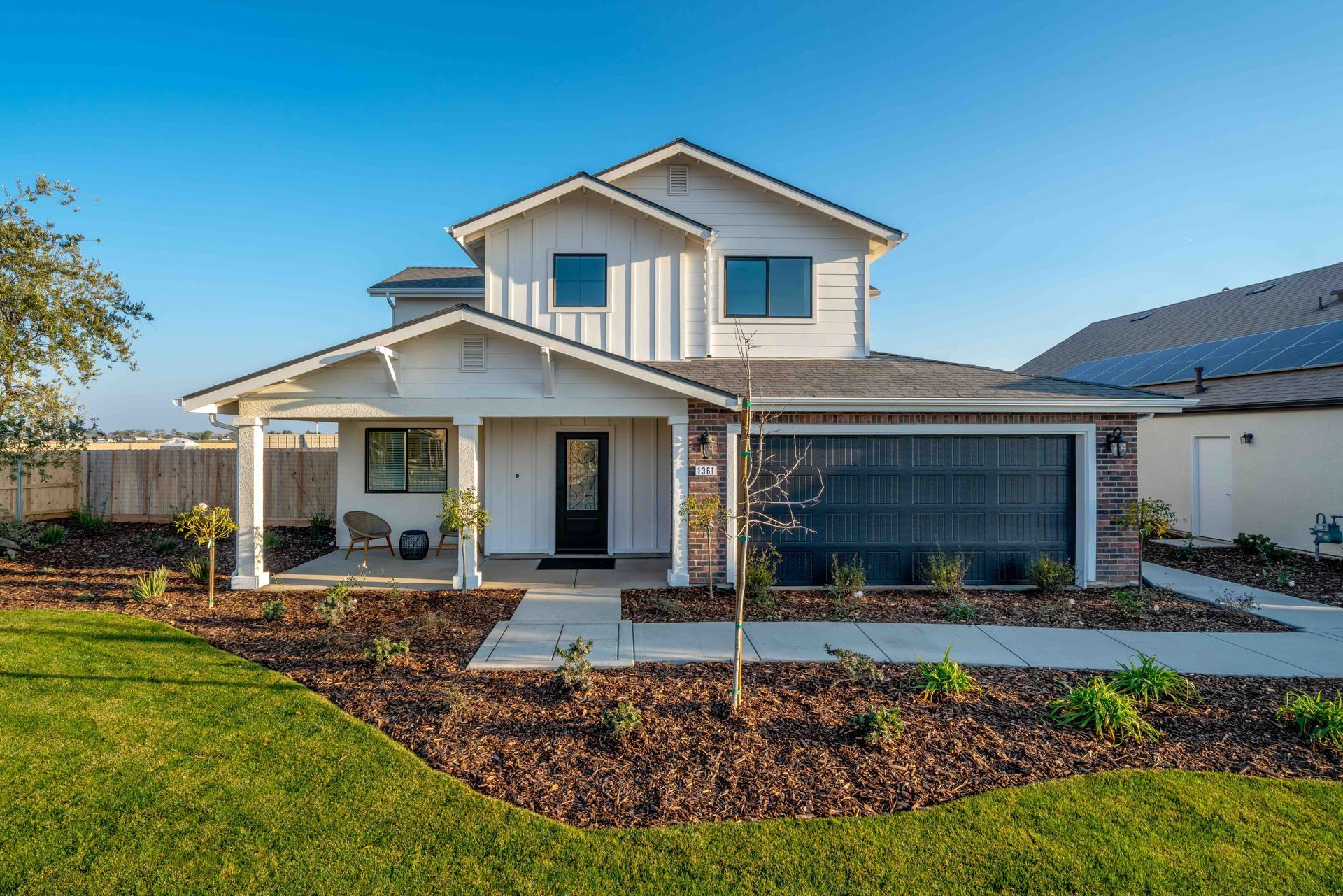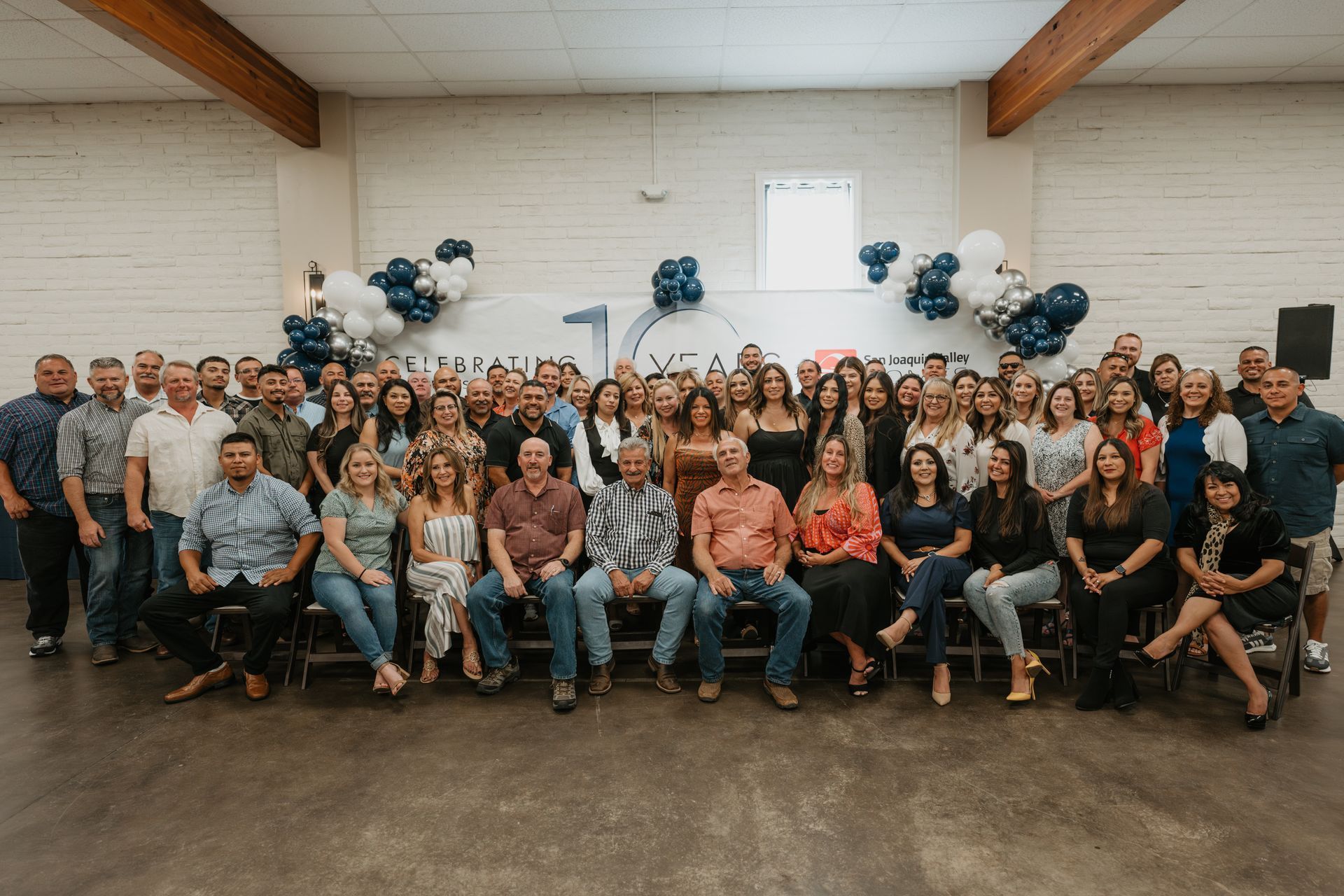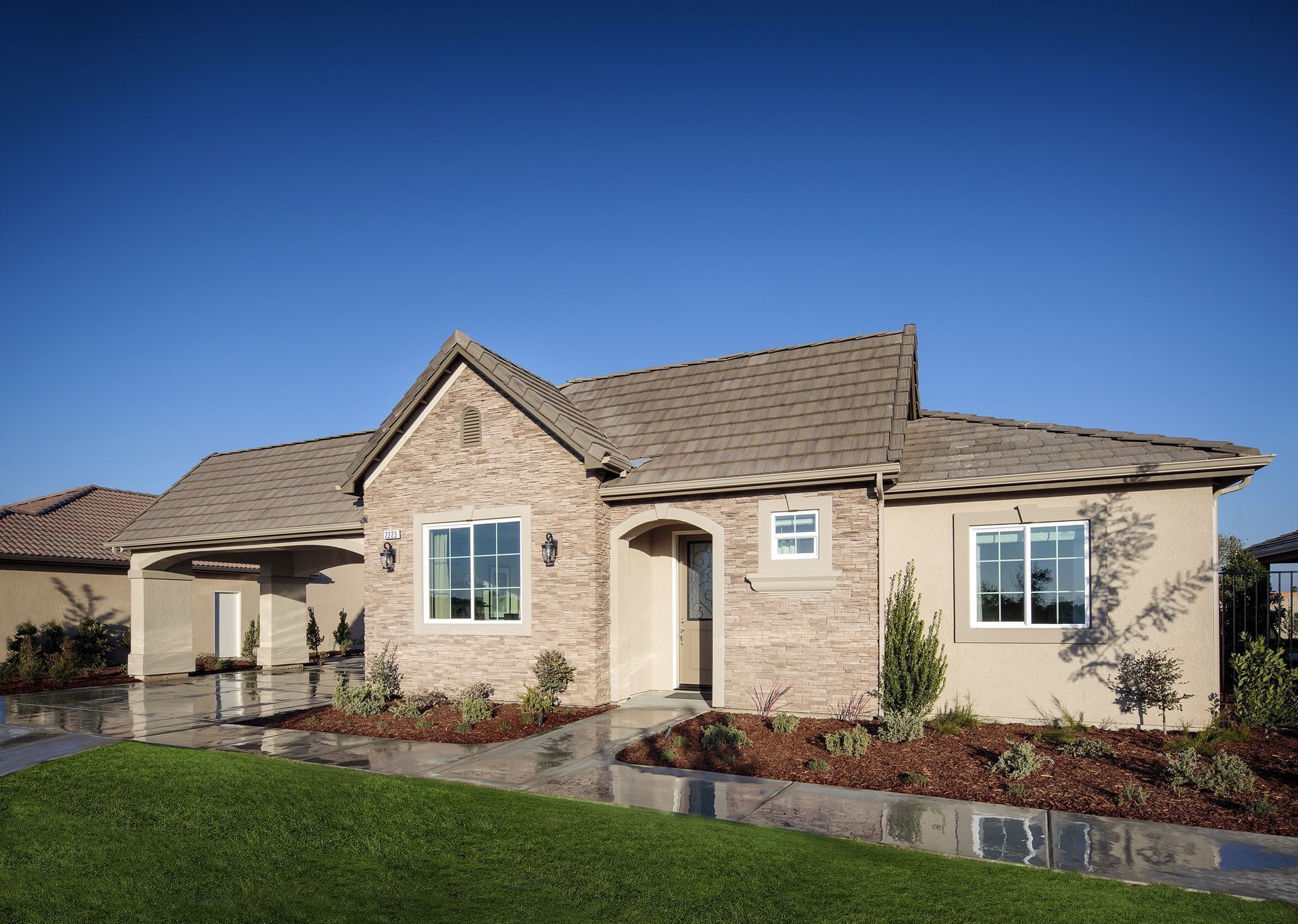Beware Of These Homeowners Insurance "Gotchas"

If you’re a current property owner or want to buy one of our new San Joaquin Valley homes, you most likely know of the need for homeowners insurance. The coverage protects your investment. Besides, no lender will issue a mortgage unless you have an adequate policy. But you may assume certain things about insurance based on your research that are incorrect. Watch out for the following common “gotchas” when shopping for a policy.
Destroyed items will be completely replaced.
You might think that if an item you own is totally destroyed, your insurance will pay you to replace it. Isn’t that the entire point of coverage? Unfortunately, most standard policies only pay for the value of the item at the time of the loss. For example, if your four-year-old lawnmower is destroyed by a fire, you will get the value of the used lawnmower, which will most likely not be enough to buy a newer version of the same model.
If you want to be able to replace an older item with its latest model, be sure that your policy includes a “replacement cost clause.” This generally adds a small amount to the total premium but can be valuable in restoring your home after a major disaster.
Insurance will pay the cost of rebuilding a home that has been totally destroyed.
Guaranteed replacement cost coverage used to be part of homeowners policies up until the last decade of the 20th century. After the devastating losses produced by Hurricane Andrew in 1992, however, this coverage was dropped. Instead, many insurance companies only pay for the home value listed in the policy when it was issued. Even if you allow for inflation when determining a value, the amount may not cover the “demand surge.” This is the spiking of building materials that occurs when a natural disaster, such as a hurricane or flood, damages most of the homes in an area.
Another potential increase in cost can come from current building codes. If the house is destroyed by more than 50 percent, it must be rebuilt according to current codes. This generally costs more than rebuilding a property to the codes that existed when your home was originally built.
Talk with your agent and ask about a demand surge rider and building code coverage. Having these two clauses in your policy can take care of bringing your structure back completely.
The water damage clause covers flood damage.
Your policy generally covers the damage caused by water if the source is internal, such as if a feed to your washing machine bursts. However, if the source of the excess water is external, such as from the predicted El Niño storms coming this fall and winter, the policy will not cover any losses. You’ll need to get flood coverage, which is generally a separate policy that you include in your standard homeowners insurance.
My liability coverage takes care of anyone injured on my property.
Liability insurance is supposed to take care of any financial responsibility resulting from lawsuits or injuries related to your property. However, they typically include limitations such as not covering injuries to anyone in your household. In addition, any lawsuits brought about when you run a small business out of your home are not covered, such as if a visiting client falls or a delivery person stumbles down your stairs.
To cover any injuries to people in your household, make sure that everyone has sufficient health insurance. As for your home business, you can get a home business rider added to your homeowners policy but this may suffer from some limits as well. It’s better to get a separate commercial liability policy just to cover your home enterprise.
If you want to know more about what’s involved in insuring or buying a home, or want to take a tour of some of our developments, please contact us.


